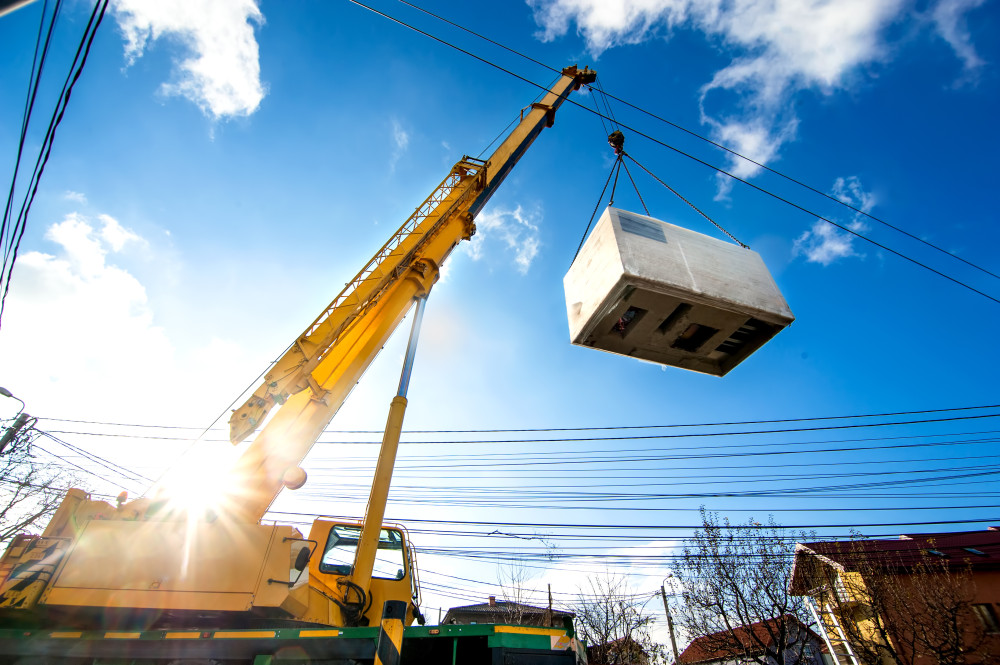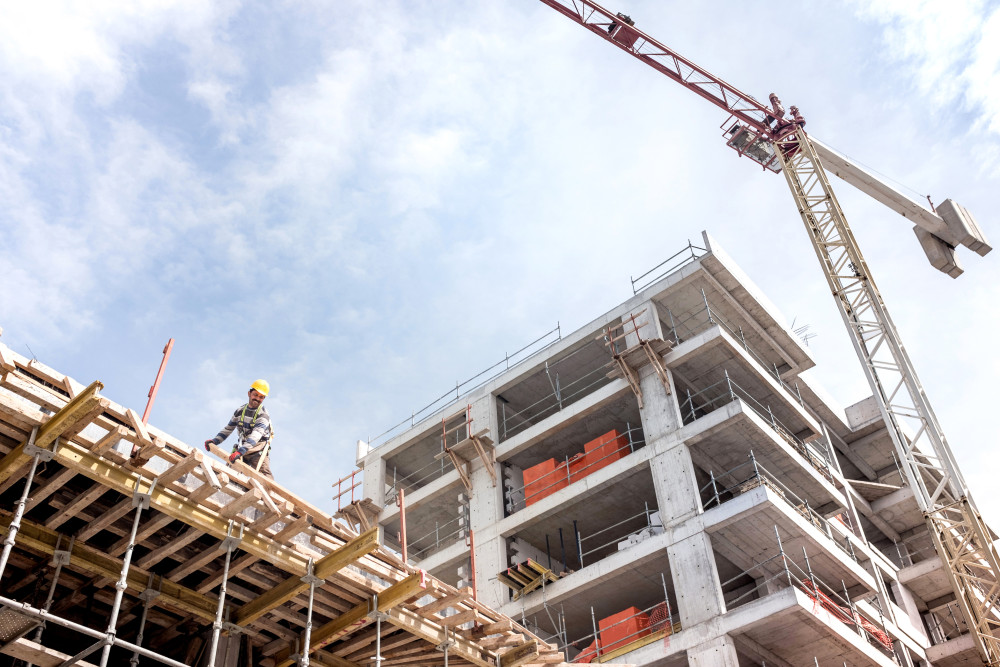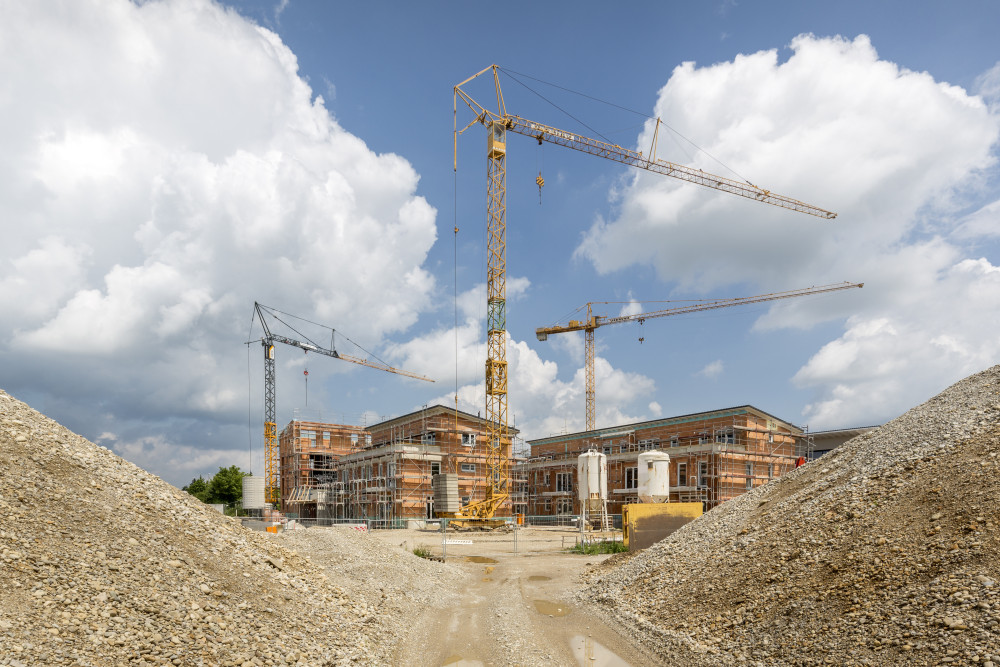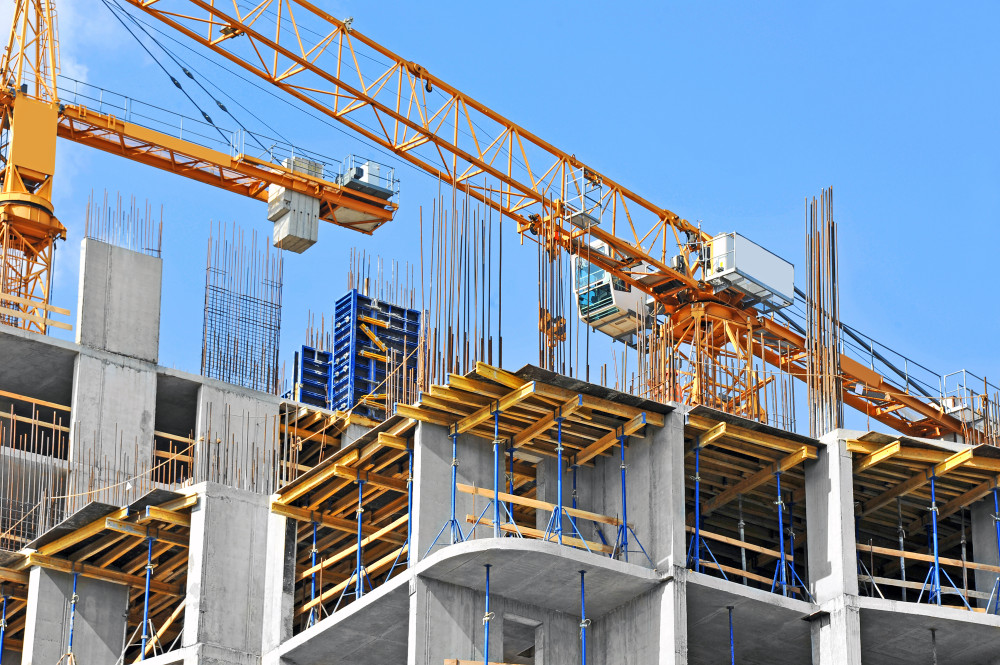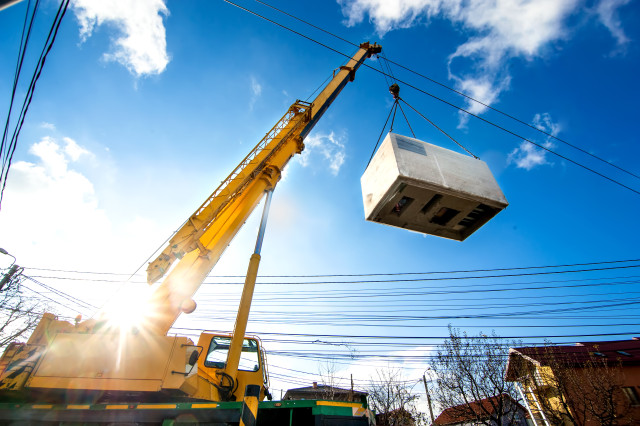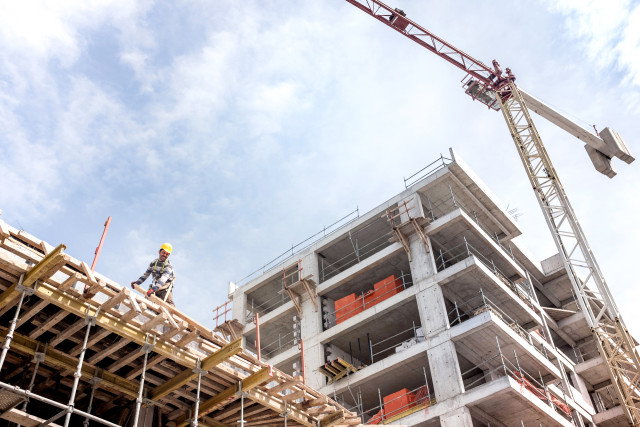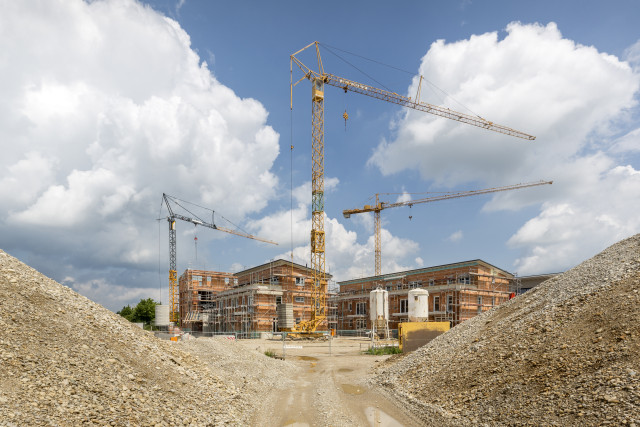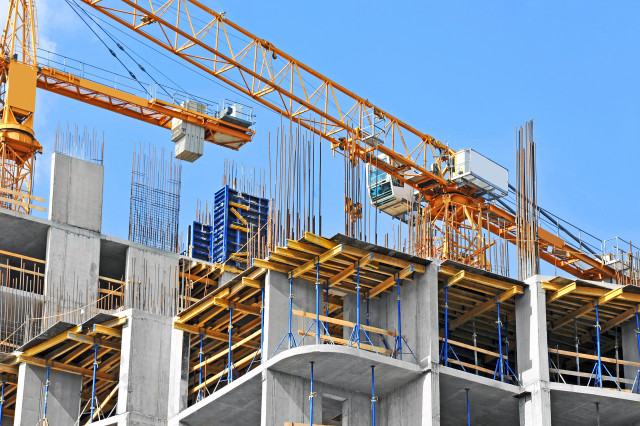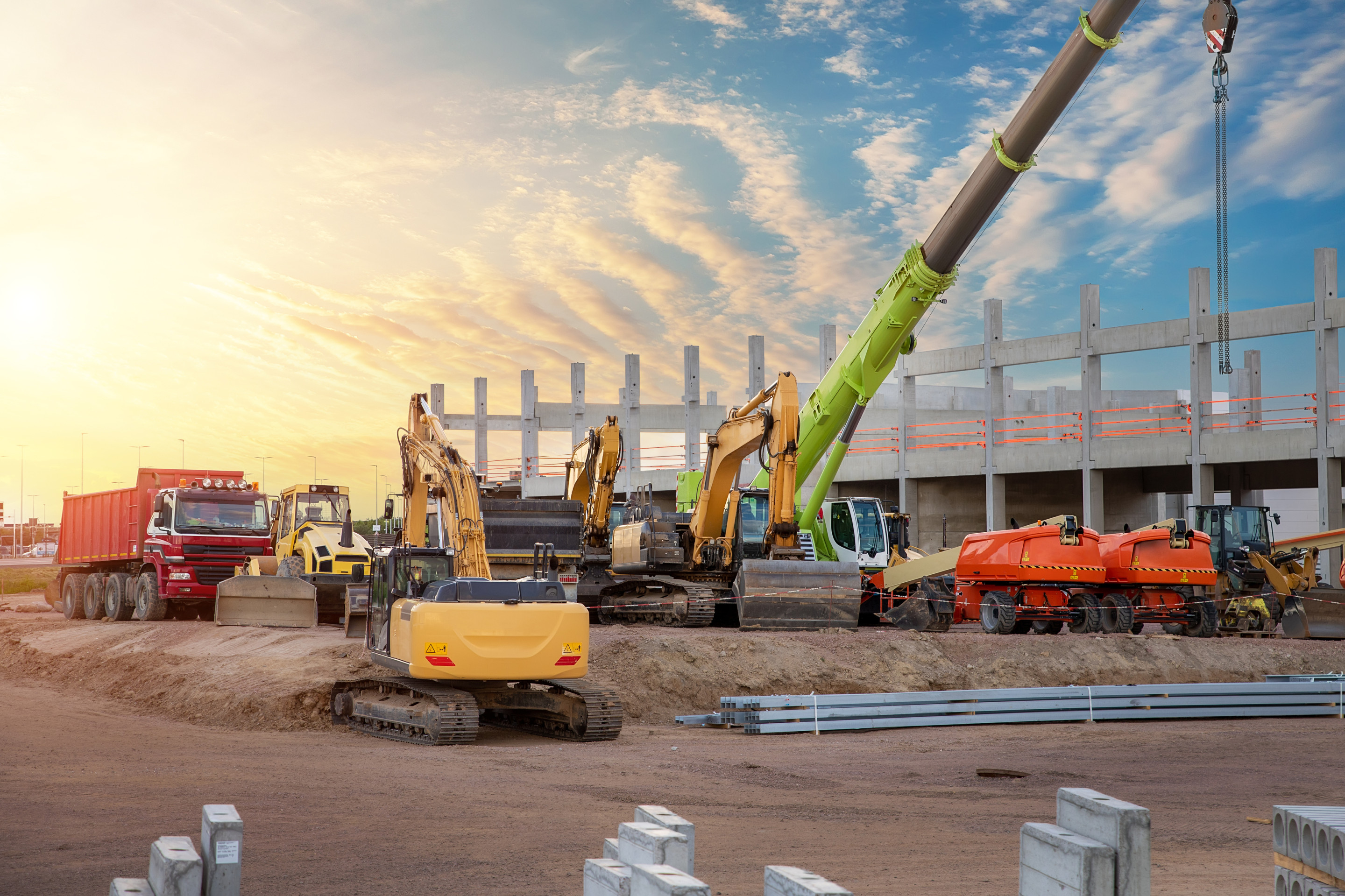
Explore ground truth for construction
We engineer construction excellence. Our ground truth annotation platform is tailored to support diverse use cases in the construction industry.
We build innovation into construction
At the forefront of construction, our expertise and labeling automation technology are significantly enhancing site operations, adeptly handling increasing data demands and complexity. Our ground truth annotation platform streamlines efficiency and accuracy across construction zones. Partner with us to transform the standards of the construction industry.
Ground Truth use cases within construction
From autonomous machinery navigation to site monitoring and safety, understand.ai addresses critical ground truth use cases in the construction industry.
Reference Case: Off-road vehicle navigation
Explore this following reference case to gain deeper insight of what a successful collaboration with us could look like.

In this examplary reference case, we successfully assisted a construction company in developing an advanced application for off-road vehicle navigation within dusty construction environments. The company aimed to enhance the safety and efficiency of autonomous vehicles operating in challenging construction sites. Our role was to provide the essential ground truth data required for the perception solutions, including segmentation for defining drivable and non-drivable regions and bounding boxes for object detection using camera and LiDAR sensor data.
The Challenge
- Dusty Conditions: The pervasive dust and debris on construction sites significantly impacted sensor performance, making it crucial to accurately label and segment data to ensure reliable perception in low-visibility conditions.
- Complex Terrain: Construction sites feature uneven surfaces, varying elevations, and numerous obstacles, requiring precise annotation to help the application distinguish between drivable paths and hazards.
- Multi-Sensor Integration: The project involved integrating data from multiple sensors, including cameras and LiDAR, to achieve comprehensive perception capabilities, demanding advanced labeling techniques like semantic segmentation and 3D bounding boxes.
Key Facts
- Project Duration: The project was completed over a span of 6 months.
- Sensor Setup: During the project, we set up and calibrated sensor arrays optimized for off-road vehicle operations, including high-resolution cameras and LiDAR sensors capable of navigating through dusty environments.
- Customized Exports: All data exports delivered were customized to meet the specific requirements of the client’s application, ensuring seamless integration into their development workflow.
Key Achievements
- Improved Navigation: The perception solutions we supported enabled autonomous vehicles to navigate safely and efficiently through complex and dusty construction sites.
- Enhanced Safety: The application reduced the likelihood of accidents by accurately identifying and avoiding obstacles, even in challenging visibility conditions.
